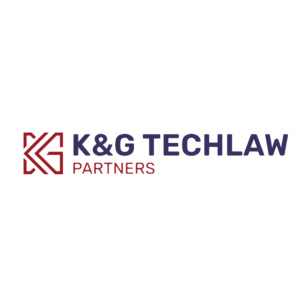
Applicable Laws on QR Code: The Ministry of Health and Family Welfare, on 14 June 2022, issued a notification vide G.S.R. 448(E) amending a certain rule in the Drugs Rules 1945, for mandating Barcode or Quick Response (QR) code on the label of top 300 brands of drugs from May 1, 2023. The move is in line with the recommendation of the Drugs Technical Advisory Board (DTAB) in November last year, in the top 300 brands to track and trace them through the manufacturing and supply chain. The draft Rule introduces a new Schedule H2 with a list of 300 top brands, and inserts a new sub-rule (5A) under Rule 96 of the Drugs Rules, 1945, after the sub-rule (5).
Compliance for Manufacturer: According to the proposed new sub-rule, the manufacturers of drug formulation products specified in the schedule H2 of the rule shall print or affix Barcode or QR code on its primary packaging label or, in the case of inadequate space in the primary package label, on the secondary package label that store data or information legible with the software application to facilitate authentication.
QR Code for API: Earlier Central government amended the Drugs Rules, 1945, in rule 96, after sub-rule (4) to include every active pharmaceutical ingredient (bulk drug) manufactured or imported in India shall bear a Quick Response code on its label at each level of packaging that stores data or information readable with a software application to facilitate tracking and tracing.
The stored data or information shall include the following minimum particulars, namely:— (i) Unique product identification code, (ii) Name of the API, (iii) Brand name (if any), (iv) Name and address of the manufacturer, (v) Batch no., (vi) Batch size, (vii) Date of manufacturing, (viii) Date of expiry or retesting, (ix) Serial shipping container code, (x) Manufacturing license no. or import license no. (xi) Special storage conditions required (if any).
QR Code for Medicine Pack: It may be noted that The Department of Pharmaceuticals, India, mandates QR Codes on all medicine packs. The main aim is to pass the benefit of fair pricing to consumers. And to keep them updated about any decrease or increase in the price.
Process: The QR Code scanner is linked to software that has price data for all brands. This is supervised by The National Pharmaceutical Pricing Authority. Any change in the price is updated in the software.
It may be noted that a counterfeit product is a medicinal product, consumer healthcare product (such as an over-the-counter product), vaccine, or device which is not manufactured by, or on behalf of, any division or operating company and which bears a registered trademark owned by your company.
Risk: Risk ownership within a corporation includes responsibility for identifying the risks associated with counterfeit products and ensuring that appropriate tasks are carried out to mitigate the risks.
Risk Mitigations: By the very definition of a counterfeit product, it is clear that an original manufacturer has no control over the quality or safety of counterfeit products. Trademark enforcement is an important contribution to a comprehensive approach to protecting public health against counterfeit products.
To curb online counterfeiting which is a global mess, Alliance on Safe Online Pharmacies ASOP Global works in the US, EU, and Asia to:
Educate patients, caregivers, and healthcare providers about how to stay safe when shopping for medicines online;
Influence the policies of Internet commerce companies, local and national governments and law enforcement authorities;
Conduct research on the Internet pharmacy market, consumer behaviors, and trends; and
Collaborate with partners and stakeholders to improve patient safety online.
Best Practices to Curb Offline and Online Counterfeiting:
- Acknowledge issues with illegitimate online pharmacies; liaise with stakeholders to combat the use of domain names.
- Submission of domain names suspected of facilitating illegal online pharmacies to online pharmacy verification providers (i.e. LegitScript or NABP).
- Immediate lock or suspension on domain names if a domain is found to facilitate illegal online pharmaceutical sales or advertising.
- Have a “zero tolerance” policy for illegal online pharmacies.
- Provide consumers with an “Abuse Contact” on the website so that they may report suspicious behavior.
Prohibit engaging in illegal activity and require compliance with applicable laws; maintain right to suspend or terminate services if provisions are violated
- Utilization of a third-party verification tool that would also require advertisers to provide proof of accreditation prior to use.
- Implementation of policies and procedures that are designed to prevent illegitimate merchants from completing transactions.
- Proactive Internet monitoring.
- Investigate and remediate. Maintain risk management programs used to identify illegitimate merchants.
- Oversight of third-party merchants and payment system participants force policies on blocking/removal of known illegitimate online pharmacy sites.
- Termination of the shipper’s account and suspension of all pickups, deliveries, and other services.